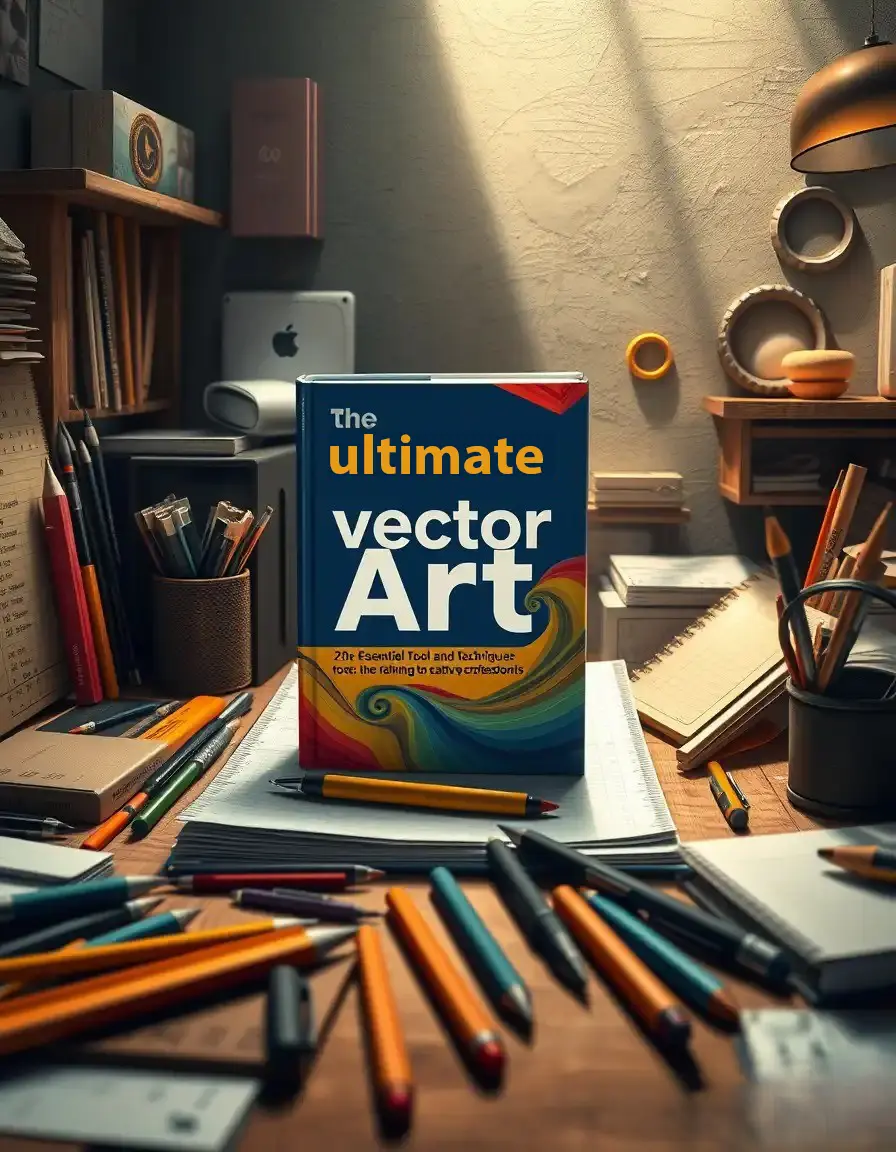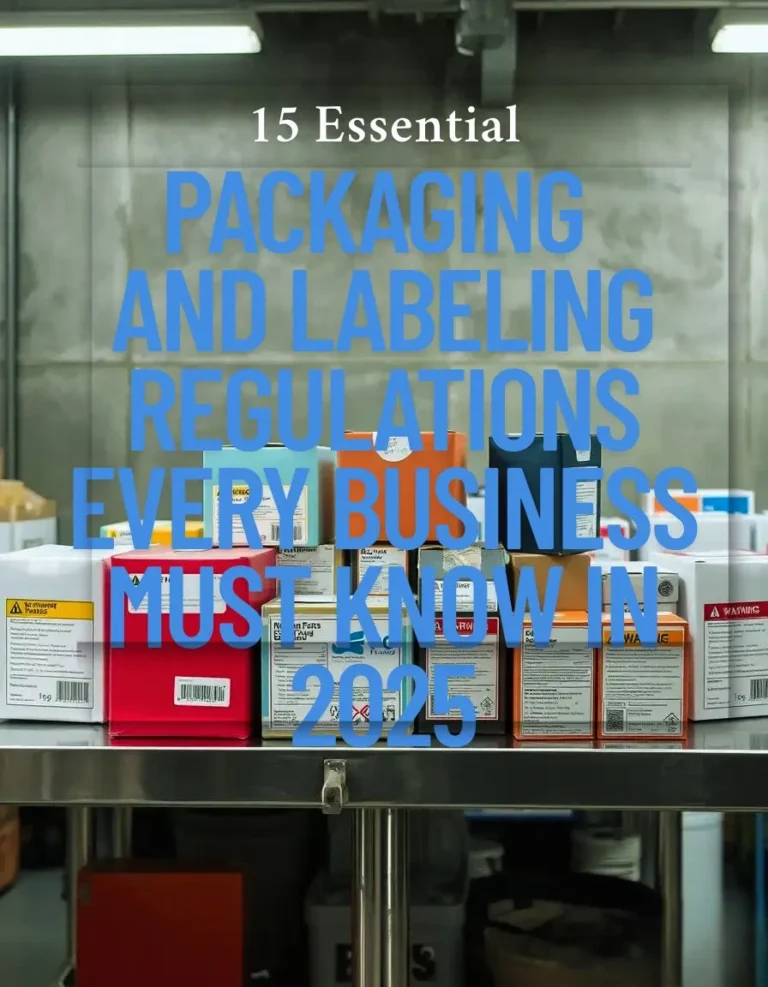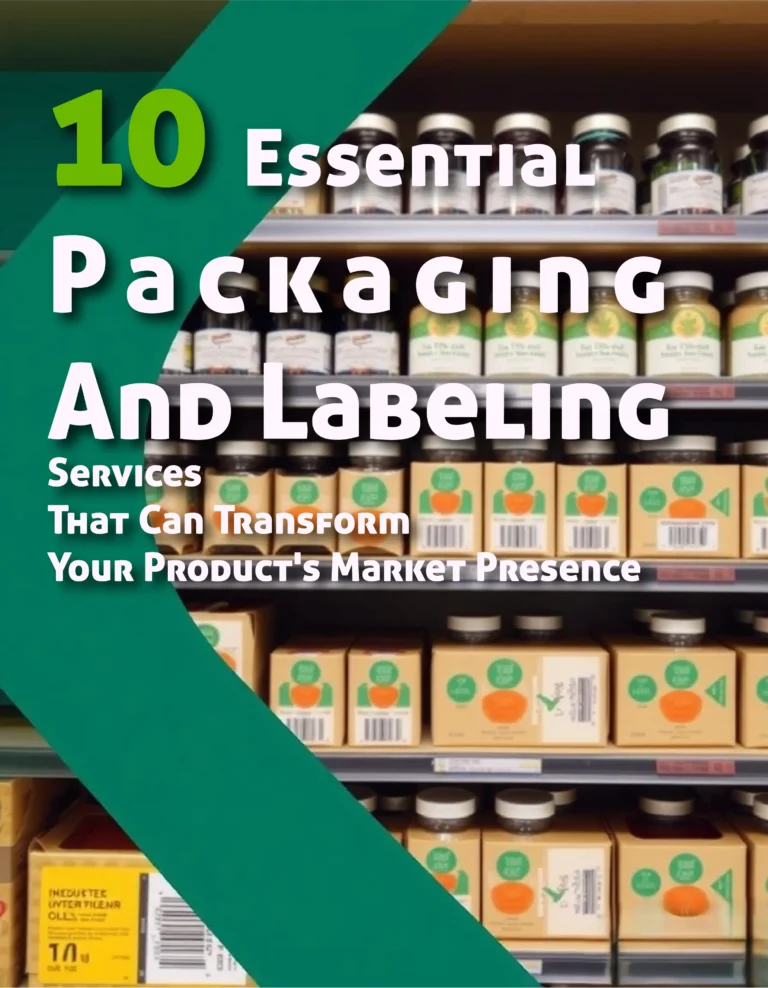
Picture this: you’re staring at a pixelated logo that looked perfect on your screen but turned into a blurry mess when printed on a billboard. Sound familiar? Welcome to the world where vector art becomes your creative superhero, swooping in to save the day with infinitely scalable graphics that never lose their crisp, professional edge.
I’ve been designing for over a decade, and I can tell you that understanding vector art isn’t just helpful—it’s absolutely essential in today’s digital landscape. Whether you’re a seasoned graphic designer or just starting your creative journey, this guide will transform how you approach digital artwork.
What Exactly Is Vector Art? (And Why Should You Care?)
Vector art is digital artwork created using mathematical equations to define shapes, lines, and curves. Think of it as the difference between connecting dots with a ruler versus sketching freehand. The mathematical precision allows for infinite scalability without any loss of quality—a game-changer for professionals who need their work to look flawless across all mediums.
If you’re looking to create professional vector designs for your business, check out our custom vector art services where we transform your ideas into scalable masterpieces.
Unlike raster images (like photos from your phone), vector graphics are made of paths and points. This means you can resize them from business card size to billboard dimensions without a single pixel getting fuzzy. It’s like having a magic wand that keeps your artwork crisp at any size.
For businesses needing professional logo designs that work across all mediums, our logo design portfolio showcases how vector art delivers consistent brand impact.
The 20 Must-Have Tools and Software for Vector Art Creation
Professional Powerhouses
1. Adobe Illustrator – The Industry Standard Adobe Illustrator remains the gold standard for vector graphics. It’s like the Swiss Army knife of design software—comprehensive, reliable, and packed with features that grow with your skills. The learning curve might be steep, but the payoff is enormous. Learn more about Adobe Illustrator on their official website.
2. CorelDRAW Graphics Suite – The Comprehensive Creator This powerhouse offers everything from vector illustration to layout design. It’s particularly beloved by print designers who need that extra precision for professional output. Explore CorelDRAW’s features to see why it’s a professional favorite.
3. Affinity Designer – The Budget-Friendly Professional Here’s where things get interesting. Affinity Designer delivers professional-grade features without the subscription headache. It’s smooth, intuitive, and won’t break the bank.
Free and Accessible Options
4. Inkscape – The Open-Source Champion Don’t let the « free » tag fool you—Inkscape packs serious punch. It’s perfect for beginners who want to dive deep without financial commitment. Download Inkscape for free and start creating professional vector art today.
5. Vectr – The Beginner’s Best Friend Simple, clean, and available both online and as a desktop app. If you’re just starting out, Vectr won’t overwhelm you with features you’re not ready for.
6. Gravit Designer – The Cross-Platform Favorite Works seamlessly across devices with an intuitive interface that makes vector design feel less intimidating.
Specialized Solutions
7. Adobe Animate – The Animation Ace When your vector art needs to move, Adobe Animate is your go-to. It’s where static designs come alive with professional-grade animation capabilities.
8. Sketch – The UI/UX Specialist Digital designers swear by Sketch for its focus on user interface and web design. It’s streamlined, efficient, and speaks the language of modern digital design.
9. Boxy SVG – The Browser-Based Brilliance Sometimes you need to create or edit vectors on the fly. Boxy SVG delivers professional editing right in your browser—no installation required.
10. Vectornator – The Apple Ecosystem Star Designed specifically for Mac and iPad users, with full Apple Pencil support. It’s where traditional drawing meets digital precision.
Animation and Interactive Tools
11. SVGator – The Code-Free Animator Creating interactive vector animations without coding? SVGator makes it possible with an intuitive interface that brings your static designs to life.
12. Adobe Photoshop (Vector Tools) – The Hybrid Helper While primarily raster-based, Photoshop’s vector tools are perfect for projects that blend photography with vector elements.
Quick and Template-Based Solutions
13. Canva Pro – The Template Treasure When you need professional results quickly, Canva Pro’s vector elements and templates can be lifesavers. It’s not pure vector software, but it gets the job done.
14. Figma – The Collaborative Champion Team projects become seamless with Figma’s real-time collaboration features. Multiple designers can work on the same vector project simultaneously.
15. Vecteezy Editor – The Asset-Rich Platform Combines vector editing with access to a massive library of free vector assets. It’s like having a design assistant that never sleeps.
Specialized and Niche Tools
16. Boxy SVG Editor – The Precision Pro Built for those who need pixel-perfect control over their SVG files. It’s technical, powerful, and loved by developers who design.
17. SketchBook – The Artist’s Approach Blends traditional drawing feel with vector precision. Perfect for illustrators who want that natural drawing experience.
18. Clip Studio Paint – The Comic Creator Widely used in comic and illustration circles, with vector layers that maintain that hand-drawn aesthetic.
19. Gravit Designer PRO – The Upgraded Experience The premium version adds advanced export options and offline capabilities. Worth the investment for serious designers.
20. PaintTool SAI – The Lightweight Legend Don’t underestimate this seemingly simple tool. Its vector-like pen precision has made it a favorite among digital illustrators.
Understanding the Vector Art Landscape: Key Differences and Applications
Vector vs. Raster: The Great Divide
AspectVector ArtRaster ImagesScalabilityInfinite without quality lossPixelates when enlargedFile SizeGenerally smallerLarger, especially high-resolutionBest ForLogos, icons, illustrationsPhotos, complex imageryEditingShape and path-basedPixel-based
Popular Vector File Formats You Should Know
- SVG: Perfect for web use, scalable and lightweight
- AI: Adobe Illustrator’s native format, industry standard
- EPS: Great for print and professional publishing
- PDF: Versatile for both print and digital distribution
To learn more about choosing the right file format for your project, visit our design resources guide for detailed explanations and best practices.
The Modern Vector Art Trends Shaping 2025
The vector art world is evolving faster than ever. Minimalism with subtle details is dominating the scene—think clean lines with just enough complexity to keep things interesting. 3D vector effects are making flat designs pop off the screen, while abstract experimental designs are pushing creative boundaries.
What’s really exciting is how AI tools are enhancing (not replacing) human creativity. They’re helping designers explore new possibilities while maintaining that essential human touch. According to Adobe’s Creative Trends Report, vector art combined with AI assistance is becoming the new standard for efficient design workflows.
Essential Skills Every Vector Artist Should Master
1. Understanding Paths and Anchor Points
These are the building blocks of vector art. Master these, and you’ve mastered the foundation.
2. Bezier Curve Manipulation
Smooth, flowing curves separate amateur work from professional results. Practice until it becomes second nature.
3. Color Theory and Gradients
Vector art relies heavily on color relationships. Understanding how colors interact will elevate your designs dramatically.
4. Typography Integration
Vector art often includes text elements. Learning to work with typography as a design element is crucial. Google Fonts offers an extensive library of web-safe fonts that work beautifully in vector designs.
5. Optimization for Different Mediums
Understanding how to prepare vector files for web, print, and animation is a skill that pays dividends. Check out our comprehensive design tutorials for step-by-step guidance on optimization techniques.
Optimizing Your Vector Art for Maximum Impact
Web Optimization Strategies
Vector graphics are naturally web-friendly, but there are tricks to make them even better:
- Keep file sizes minimal by removing unnecessary anchor points
- Use web-safe colors to ensure consistency across devices
- Optimize SVG code for faster loading times (tools like SVGOMG can help)
- Consider responsive design principles for mobile compatibility
For more web optimization tips, explore our web design best practices guide.
Print Preparation Excellence
Print work demands different considerations:
- Work in CMYK color mode for accurate color reproduction
- Use appropriate resolution settings for your output medium
- Consider bleed areas for professional printing
- Test print on various paper types to ensure quality
The Future of Vector Art: What’s Coming Next
The integration of AI and machine learning is creating fascinating possibilities. We’re seeing tools that can automatically trace raster images into vectors, generate color palettes based on mood, and even suggest design improvements.
But here’s the thing—technology enhances creativity; it doesn’t replace it. The most successful vector artists are those who embrace new tools while maintaining their unique creative voice. Smashing Magazine regularly features insights on how AI is transforming design workflows while preserving human creativity.
Getting Started: Your Vector Art Journey Begins Now
Starting your vector art journey doesn’t have to be overwhelming. Begin with free software like Inkscape or Vectr to get comfortable with the basics. Focus on understanding how paths, shapes, and colors work together.
Practice projects that build skills progressively:
- Start with simple geometric shapes
- Move to basic logo designs
- Experiment with character illustrations
- Try your hand at complex compositions
For structured learning, consider following tutorials from reputable sources like Lynda.com or Skillshare. Our beginner’s design course also offers hands-on projects perfect for building your vector art foundation.
Remember, every expert was once a beginner. The key is consistent practice and willingness to experiment.
Why Vector Art Matters More Than Ever
In our multi-device, multi-platform world, vector art solves real problems. Your logo needs to look perfect on a business card and a billboard. Your website icons must be crisp on both desktop monitors and mobile screens. Your brand illustrations should maintain their impact whether printed in a magazine or displayed on a massive LED screen.
Vector art isn’t just about creating pretty pictures—it’s about creating solutions that work across every medium your audience encounters.
Ready to Transform Your Creative Process?
The world of vector art is vast, exciting, and full of possibilities. Whether you’re designing logos for startups, creating illustrations for children’s books, or developing UI elements for cutting-edge apps, vector art gives you the tools to bring your vision to life with precision and scalability.
Start with one of the tools I’ve recommended, begin with simple projects, and don’t be afraid to experiment. The beauty of vector art lies not just in its technical advantages, but in how it frees you to think bigger, scale further, and create work that looks professional across every platform.
Your creative journey into vector art starts now. Which tool will you try first? What project will you tackle? The only limit is your imagination—and with vector art, even that boundary can be infinitely scaled.
Ready to dive deeper into the world of vector art? Bookmark this guide and start experimenting with the tools that caught your attention. If you need professional vector art services or want to discuss your design project, contact our team for expert guidance. Remember, every masterpiece begins with a single path.


